The DFO has announced they are planning to move forward with a new herring fishery in the Strait of Georgia, BC. This is despite one environmental group’s petition (which garnered over 50,000 signatures!) to stop this fishery. A major argument of Conservancy Hornby Island is that roe herring is a large part of the diet of Chinook salmon, which is a majority of the Southern resident orca diet. Therefore, reducing the herring stock would then ultimately reduce orca health.
Conservancy Hornby Island uses interviews with their president, a previous commercial fisherman, George Scott, to head their cause. The DFO plans to harvest at maximum 20% of the current fish stock per their 2018/19 Pacific Herring Integrated Fisheries Management Plan, which is “based on science,” according to the Fisheries and Oceans Minister, Jonathan Wilkinson.
According to the petition, 90% of the herring fishery catch is ground up and used as food for either farmed fish or cat food. The other 10% is shipped to Japan, as roe herring is considered a delicacy there.
Additionally, Scott claims that an average herring stock once sold for $5,000 a ton, but now sells for merely $150-$700 for one ton because the Japanese demand for roe herring has reportedly diminished. Neil Davis, director of resource management with the DFO, defends the DFO’s decision for a fishery regardless of this alleged fact because the DFO is more concerned with the health of the stock and not the market of the stock. This statement sticks out to me, as sustainability cannot be achieved with only scientific/environmental solutions, but also requires social and economic solutions. For the DFO to say the economy is not their concern implies that sustainability is not their concern.
Much of the argument from DFO officials seems to be that herring stocks in the Strait of Georgia are at a historic high and are consistently stable and are therefore not likely under their management plan to reduce stocks to an unhealthy level. However, much concern from environmental groups is that three of the five current herring fisheries managed by the DFO have recently closed due to low stocks (inferred to be from overfishing). According to a DFO survey of fisheries in 2016, small pelagics stocks (including herring) had only 5 healthy stocks, 7 cautious stocks, 2 critical stocks, and 8 uncertain stocks. That there are more stocks in categories other than the healthy stocks, to me at least, suggests the DFO is not capable of keeping small pelagic fisheries healthy and should reconsider opening more fisheries if those stocks are likely to end up unhealthy.
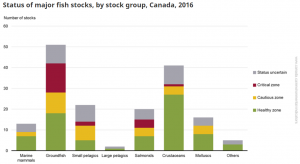
From the 2016 DFO Status of major fish stocks
The DFO tends to have higher estimates of health in their fisheries than other independent sources, and so I believe the small pelagic stocks are doing worse than the DFO reports.

DFO survey results…
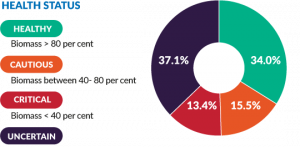
…vs Oceana survey results
Based on arguments from environmental groups and the DFO’s weak responses to concerns and the fact that a majority of the west coast herring fisheries have been closed due to low stocks, it seems to me that the DFO’s decision to move forward with the new herring fishery without seemingly considering public opinion is the wrong thing to do.
Sources (those not previously linked)
Oceana (2018). Fishery Audit 2018: Unlocking Canada’s Potential for Abundant Oceans. Retrieved from fisheryaudit.ca
Herring Fishery image from https://www.change.org/p/mp-jonathan-wilkinson-minister-fisheries-and-oceans-canada-say-no-to-pacific-herring-roe-fishery
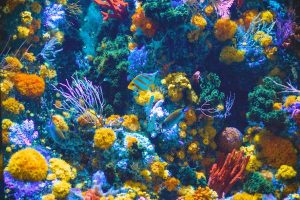
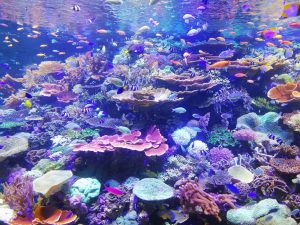
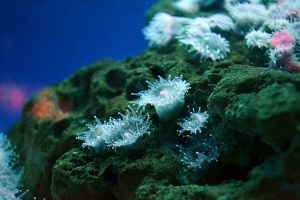
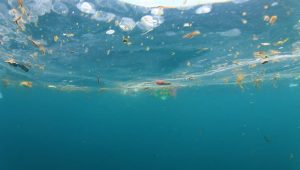
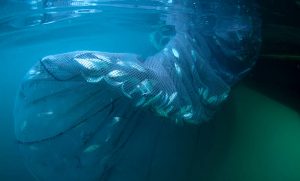
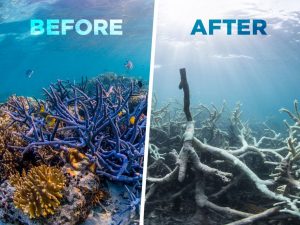
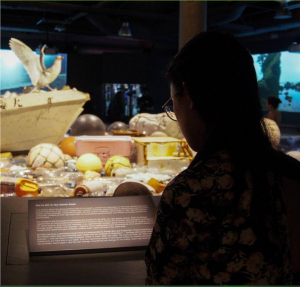
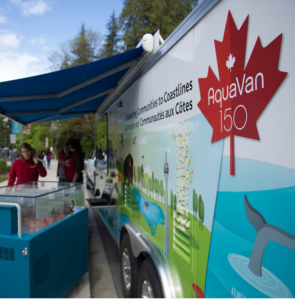
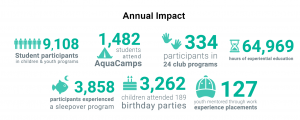
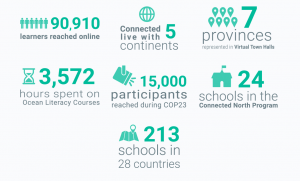
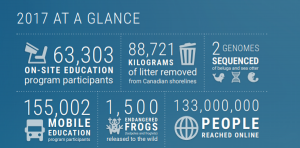
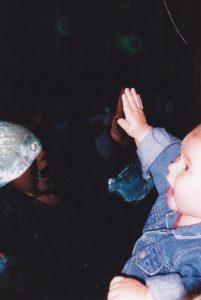
Recent Comments